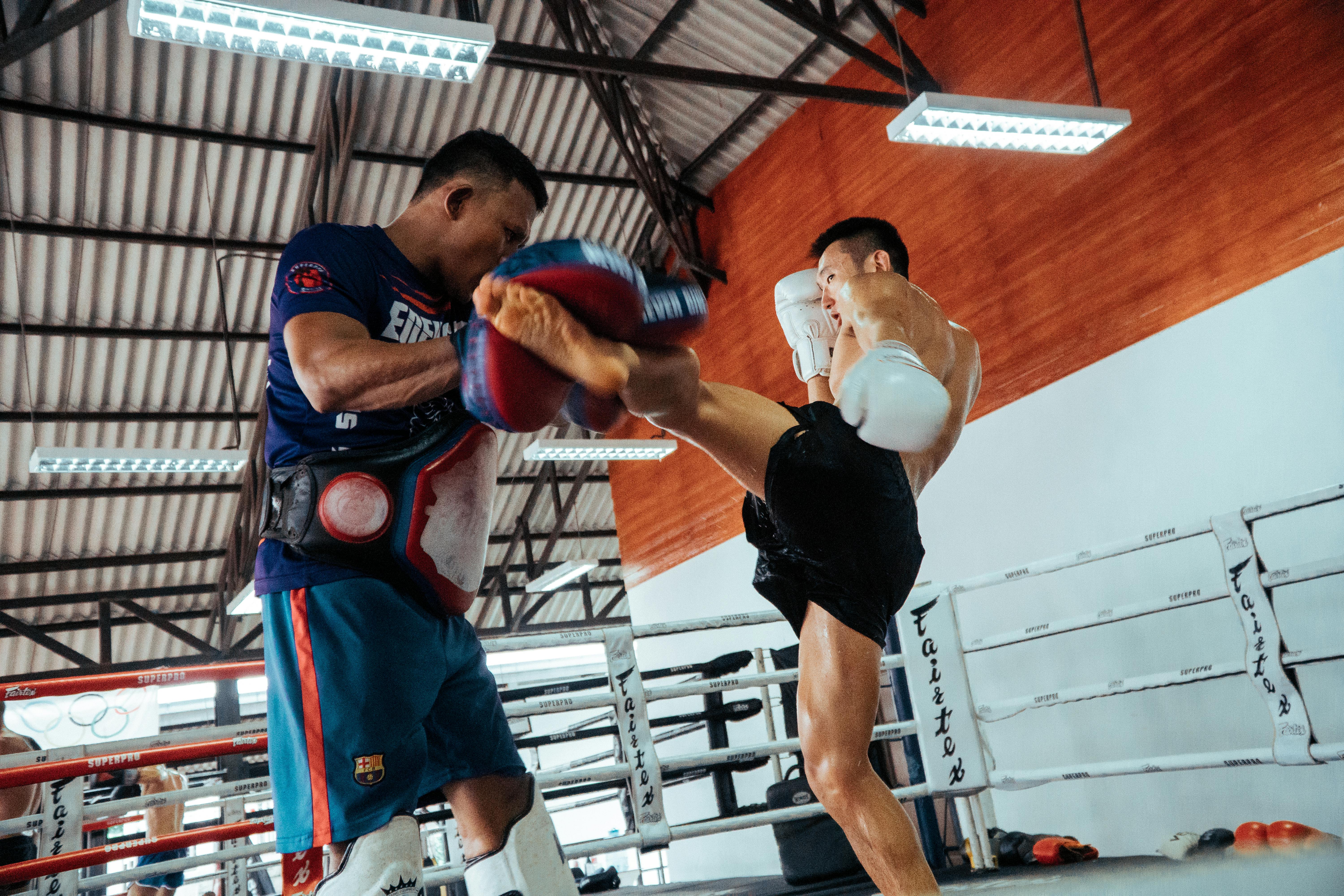Breaking Barriers: The Rise of Mixed Martial Arts in Mainstream Sports
The world of sports continually evolves, adapting to societal changes, technological advancements, and the ever-changing tastes of sports enthusiasts. One sport that has seen a meteoric rise in popularity and acceptance in the mainstream sports arena is Mixed Martial Arts (MMA). Once considered a brutal, unstructured fighting spectacle, MMA has transformed into a recognized sport with globally televised events and a fan base spanning continents. This article uncovers the journey of MMA from obscurity to the mainstream, evaluates its current status, and anticipates future trends.

MMA: A Brief History
Mixed Martial Arts, as we know it today, was born out of a desire to determine the most effective martial art form in real, unrestricted combat situations. The concept gained significant popularity in the 1990s with the establishment of the Ultimate Fighting Championship (UFC), the premier MMA organization. Initially, UFC matches were largely unregulated, contributing to the perception of MMA as excessively violent and unruly. Over time, however, the organization introduced weight classes, round times, and an extensive list of fouls to ensure fighter safety, gaining the respect of the broader sports community.
The Evolution to Mainstream Acceptance
MMA’s journey to mainstream acceptance was not without challenges. The sport faced considerable opposition from lawmakers, the public, and even other sports organizations. However, strategic changes in rules, increased emphasis on fighter safety, and the promotion of a professional fighter image have contributed to a shift in perception. Today, MMA is a popular spectator sport, with millions tuning in to UFC events worldwide.
Current Trends & Future Horizons
The popularity of MMA continues to grow, with more athletes transitioning from traditional martial arts or wrestling backgrounds to compete in the sport. The increasing diversity of fighters, both in terms of style and geography, contributes to a continually evolving sport. As MMA continues to innovate and adapt, its future looks promising.
The Science of MMA: Training & Performance
MMA fighters require a unique blend of strength, speed, endurance, flexibility, and technical skill. Training methods are as varied as the fighters themselves, incorporating elements from various martial arts, weight training, cardiovascular conditioning, and flexibility exercises. While the physical challenges of MMA are evident, the mental aspect of the sport is equally critical, requiring focus, strategy, and resilience.
MMA: An Inspiration Beyond the Cage
MMA has transcended the bounds of sport, becoming a source of inspiration and empowerment. The stories of fighters overcoming adversity, achieving physical and mental excellence, and breaking barriers resonate with audiences worldwide. As MMA continues to grow and evolve, its impact reaches far beyond the confines of the cage.
In conclusion, MMA’s rise to mainstream acceptance is a testament to the sport’s ability to adapt and evolve. The sport’s unique blend of physical and mental challenges, along with the inspiring stories of its athletes, make it a compelling spectacle for audiences worldwide. As MMA continues to push boundaries and break barriers, its future in the mainstream sports arena looks promising.




